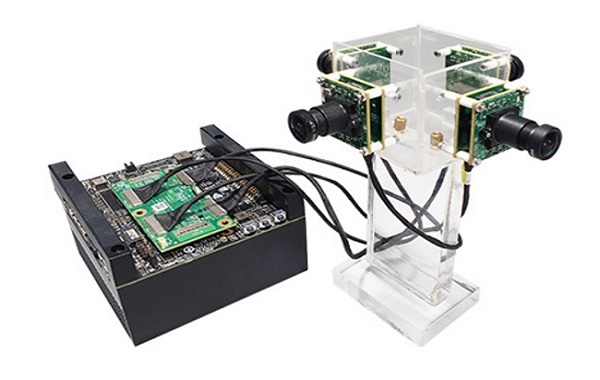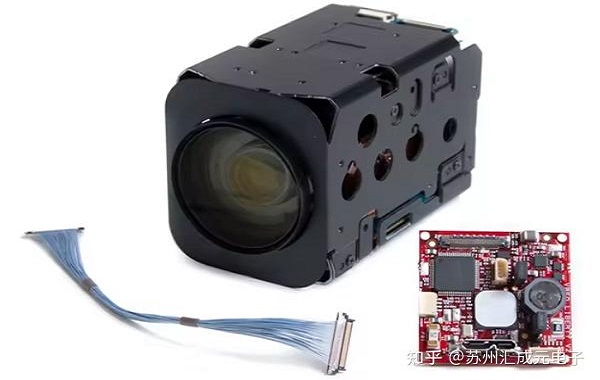Categorization:Harness Component

One, clarify the transmission rate requirements: select lines according to interface standards
The requirements for transmission rates vary greatly among different interface protocols, such as USB3.0, GigE Vision, Camera Link, and CoaXPress, all of which have clear specifications. Taking CoaXPress as an example, the highest speed it can support is 12.5 Gbps. If the cable itself is difficult to meet this speed, even if the system configuration is high, it cannot run stably. Therefore, the first step must be: confirm the interface standard → clarify the speed requirements → match the corresponding specification of high-speed cables. This is the foundation for ensuring stability.
Signal integrity and anti-interference: High-speed signals require better cables
High-speed signals, once interfered with, will immediately manifest as noise, screen flickering, or even dropped frames. When we were debugging a device, the screen occasionally showed noise, and the final confirmation was that the reason was insufficient shielding structure of the cable.In this application scenario, the ultra-fine coaxial cable (Micro Coaxial Cable) has distinct advantages, including:
• Better shielding structureLower transmission loss
• More stable signal performance in complex environments
Industrial sites often accompany interference sources such as motors and inverters, and the shielding ability of wire materials and signal integrity often determine whether the system can operate stably.
Three, flexibility and durability: factors that must be emphasized in dynamic applications
Many industrial cameras are installed on robotic arms, mobile platforms, or slides, and are not stationary. If the wire is too hard and has poor flexibility, long-term bending can lead to a decrease in transmission performance, and even cause the wire to break directly.Extremely thin coaxial cables excel in flexibility and durability:
• Small bend radius• Long-term dynamic use is not easy to be damaged
More suitable for multi-axis machinery and high-speed motion scenarios
In dynamic applications, the flexibility of the wire is often more practical than the paper parameters.

Four, Interface Matching and Customization: The Hidden Factors That Truly Affect Stability
Different camera brands, different whole machine structures, and different installation environments have different requirements for wire harness interfaces and cable structures. Therefore, the standard cables available on the market are not necessarily fully applicable. In the process of making customized wire harnesses, we have found that many problems are not due to substandard cables, but rather because the interfaces, shielding methods, routing directions, or whole machine structures are not properly matched.
Customized harnesses can improve compatibility in the following aspects:
Connector model, lock structure
• Design of屏蔽层
Cable length, routing and bending direction
• Space layout requirements inside the whole machine
The real stability often comes from the optimization of these details.

The selection logic for high-speed wire materials is not complicated, as long as a few core points are grasped: the speed should match, the signal should be stable, and the structure should be suitable for the actual usage environment. Especially in applications with limited space, high-speed transmission, and dynamic motion, ultra-fine coaxial cables are indeed a worthy and reliable solution to consider.
I amSuzhou Huichengyuan Electronic Technology,Long-term focused on the design and customization of high-speed cable harnesses and ultra-fine coaxial cable harnesses, providing reliable high-speed interconnect solutions for customers. For inquiries or customization, please contact:Manager Zhang 18913228573 (WeChat number the same)。